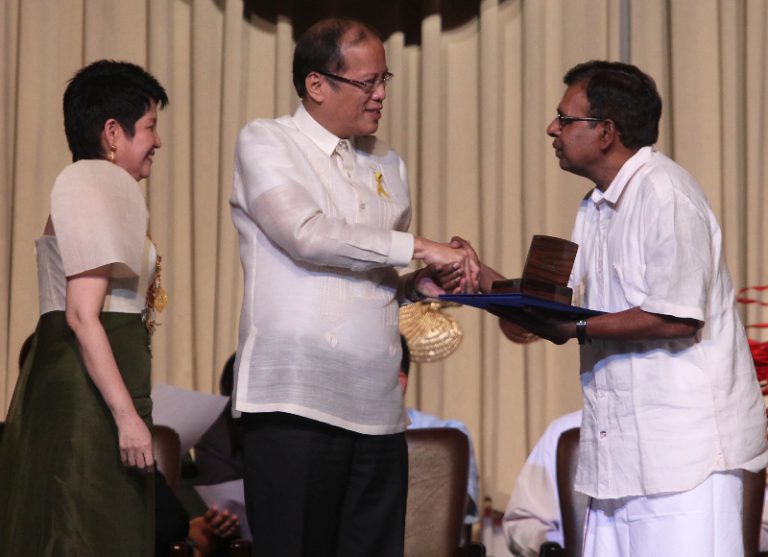RAMON MAGSAYSAY AWARD

Three decades of tireless pursuit to serve the rural poor received an international recognition. Mr. Kulandai Francis, Founder/President of IVDP was awarded the Ramon Magsaysay Award 2012, considered the most prestigious in Asia.
World Habitat Award 2010

Malaysian Tamil Association Award- 2014

